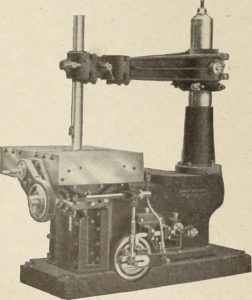
A simplifying assumption associated with using MTTF or MTBF implies a constant hazard rate. Some assume we’re in the useful life section of the bathtub curve. Others do not understand what assumptions they are making.
Using MTTF or MTBF has many problems and as regular reader here know, we should avoid using these metrics.
By using MTTF or MTBF we also lose information. We are unable to measure or track the rate of change of our equipment or system’s failure rates (hazard rate). The simple average is just an average and does not contain the essential information we need to make decisions.
Let’s explore five different reasons the rate of change of a failure rate is important to measure and track. [Read more…]



 Are the Measures Failure Rate and Probability of Failure Different?
Are the Measures Failure Rate and Probability of Failure Different?


